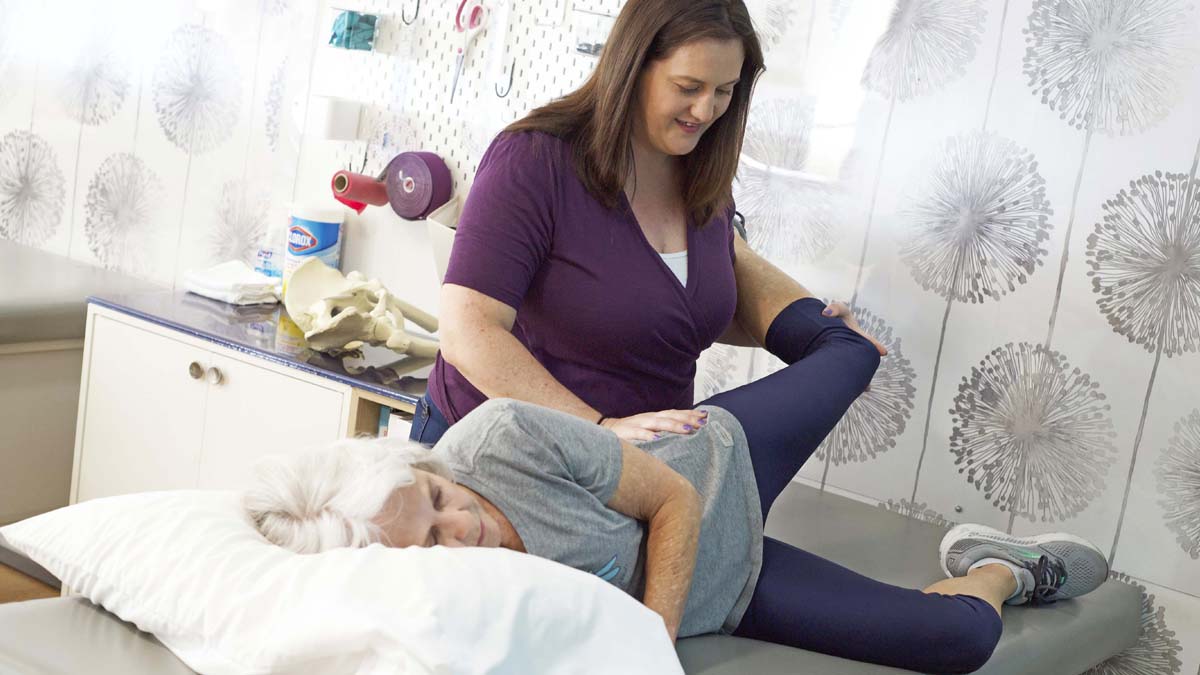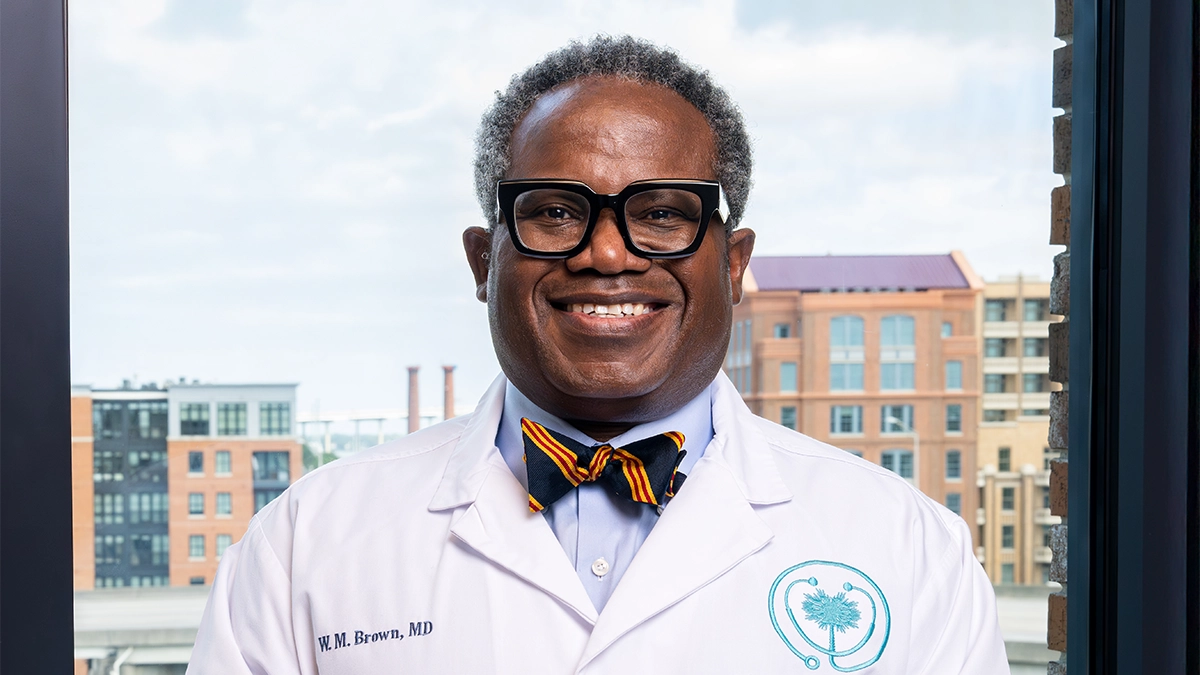“I call myself a forensic PT,” said Dr. Courtney Stearn, the first certified postural restoration practitioner in South Carolina. “I want to find out the underlying reason why this is happening. I ask the question ‘why’ a lot.”
Dr. Stearn, owner of Joint Effort Movement Center, addresses the postural positions and potential muscular imbalances that lead to pain. By implementing techniques with patients that focus on what they feel, she works with them to reposition the body into proper bone and muscle alignment, using movement to retrain their neuromuscular system.
“I look at people very differently than a traditional PT,” said Dr. Stearn. “We’re trained to look at the body through a different lens.”
She looks at the body not just how it moves mechanically but also respiratorily and neurologically.
When patients come in complaining of chronic pain, she goes beyond the spot of pain because “usually that’s not where the issue lies – that’s just what’s taking the beating because something else is not doing what it’s supposed to.”
Dr. Stearn takes into consideration the positioning of the complete body.
“The belief of postural restoration is that we are naturally biased. Consider how the liver is located on the right of our body, the heart on the left. The diaphragm is asymmetrical to compensate for how these are located. Our entire body is balanced on multiple systems that are imbalanced,” she said.
The way in which people achieve balance makes them unique. How they respond to the many patterns that exist in the body is what impacts their range of motion and leads to that feeling of being stuck in certain areas and directions of the body.
“It’s retraining their body how to move in a way that allows them to live their life again,” said Joint Effort Lead Physical Therapist Gina Aicardi, who is currently working toward her own postural restoration certification.
Through simple bodily maneuvers, Joint Effort guides patients in repositioning body parts out of extension and into a neutral state. Often, dysfunction is rooted in key postural actors: the pelvis, hips or rib cage. These flexible entities absorb bodily imbalances and perpetuate patterns in range of motion. Understanding the patient’s experience begins with assessing what position these key actors are in. Then, the Joint Effort team can go about re storing the areas that are really tight.
“I’m trying to guide their body to do what it should be doing; I’m not fixing people,” said Dr. Stearn, who offers patients one to three activities and mindfulness exercises they can learn in-office and incorporate into their routine at home.
In addition, she attempts to adjust their sleep and other life style influences that may be impacting their body. Patients learn the tools and self-awareness to understand and respond to pain: “I teach people how to fix themselves.”
To learn the “why” of the ways your body feels and pursue a more balanced body, find more information at jointeffortcharleston.com.
By Molly Sherman






